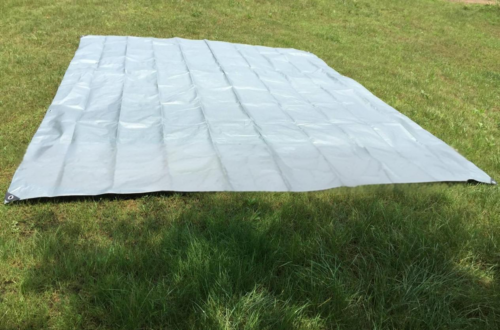
Slope Stability Analysis in Geotechnical Engineering

# Slope Stability Analysis in Geotechnical Engineering
Slope stability analysis is a critical aspect of geotechnical engineering, ensuring the safety and longevity of slopes in various construction projects. Whether it’s a natural hillside or an engineered embankment, understanding the factors that influence slope stability is essential for preventing landslides and other catastrophic failures.
## Understanding Slope Stability
Slope stability refers to the ability of a slope to resist failure under the influence of gravity and other external forces. The primary goal of slope stability analysis is to determine the factor of safety (FOS) against potential failure. A FOS greater than 1 indicates a stable slope, while a value less than 1 suggests a risk of failure.
### Key Factors Influencing Slope Stability
Several factors can affect the stability of a slope, including:
– Soil Properties: The type of soil, its cohesion, and internal friction angle play a significant role in slope stability.
– Water Content: The presence of water can reduce soil strength and increase pore pressure, leading to instability.
– Slope Geometry: The height and angle of the slope are crucial in determining its stability.
– External Loads: Additional loads from structures or vehicles can impact the stability of a slope.
## Methods of Slope Stability Analysis
There are several methods used to analyze slope stability, each with its own advantages and limitations. Some of the most common methods include:
### Limit Equilibrium Methods
Limit equilibrium methods are widely used in slope stability analysis. These methods involve calculating the balance of forces and moments acting on a potential failure surface. Common techniques include:
– Bishop’s Method: A simplified method that assumes circular failure surfaces and considers the effect of normal stress on the failure plane.
– Janbu’s Method: A more general approach that can handle non-circular failure surfaces and varying soil properties.
### Finite Element Analysis
Finite element analysis (FEA) is a numerical method that provides a more detailed understanding of slope behavior. FEA can model complex geometries, material properties, and boundary conditions, making it suitable for analyzing slopes with irregular shapes or heterogeneous materials.
### Probabilistic Analysis
Probabilistic analysis incorporates uncertainties in soil properties and external conditions to assess the likelihood of slope failure. This method provides a more comprehensive risk assessment by considering the variability and randomness of influencing factors.
## Applications of Slope Stability Analysis
Slope stability analysis is applied in various fields, including:
– Civil Engineering: Ensuring the stability of road embankments, railway cuttings, and building foundations.
– Mining: Assessing the stability of open-pit mines and waste dumps.
– Environmental Engineering: Evaluating the risk of landslides in natural slopes and designing mitigation measures.
## Conclusion
Slope stability analysis is a vital component of geotechnical engineering, providing insights into the safety and performance of slopes. By understanding the factors that influence slope stability and employing appropriate analysis methods, engineers can design and maintain slopes that are both safe and durable. Whether through traditional limit equilibrium methods or advanced numerical techniques, the goal remains the same: to prevent slope failures and protect lives and property.
Keyword: Slope




